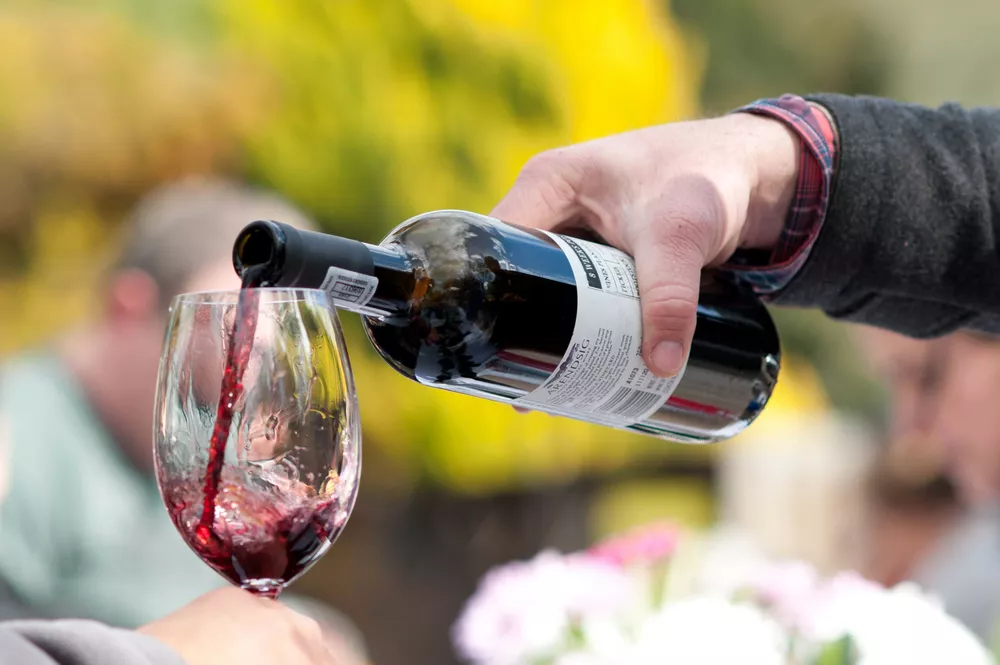Here are 20 facts every lover of South African wine should know. Armed with this checklist you’ll bluff anyone into believing you are an authority.
1. The South African wine industry is unique in knowing its birthday. On 2 February 1659 the Dutch governor recorded in his diary that wine had been made for the first time.
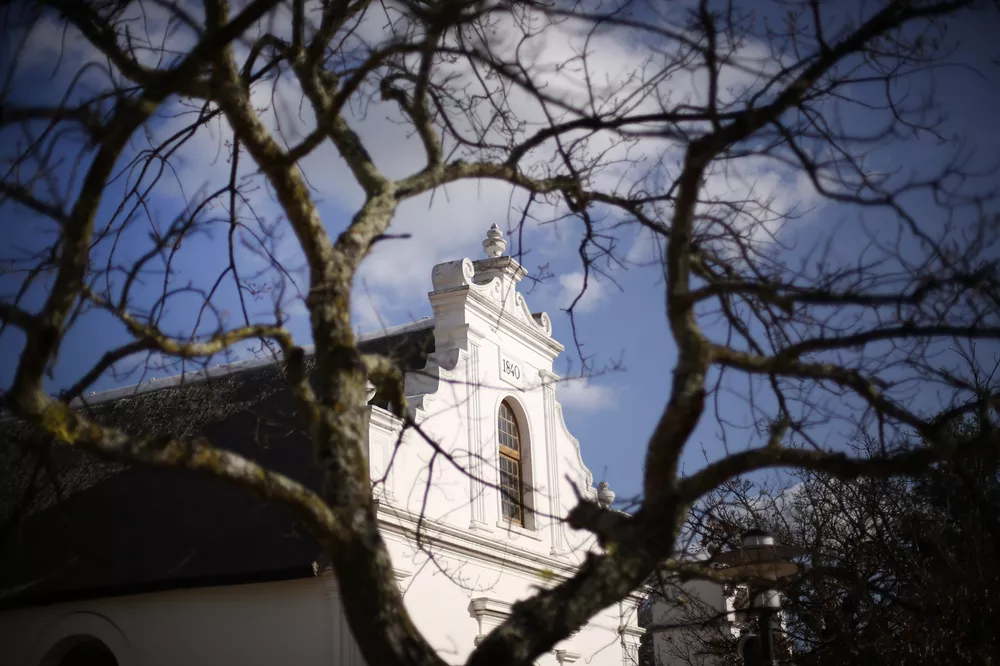
2. In the 18th and 19th centuries the wines of Constantia were drunk in the courts of Europe. Napoleon drank sweet wines from Constantia in exile on St. Helena. Today the iconic Vin de Constance pays tribute to those early wines.
3. Pinotage is South Africa’s own variety, bred in 1923 as a cross between cinsaut and pinot noir. It has been a contentious variety and many winemakers do not make pinotage. But there are some glorious examples, of which Kanonkop is the best known. Here are some suggestions from our blog.
4. Two seriously large oceans, the Indian and the Atlantic, surround the vineyards.
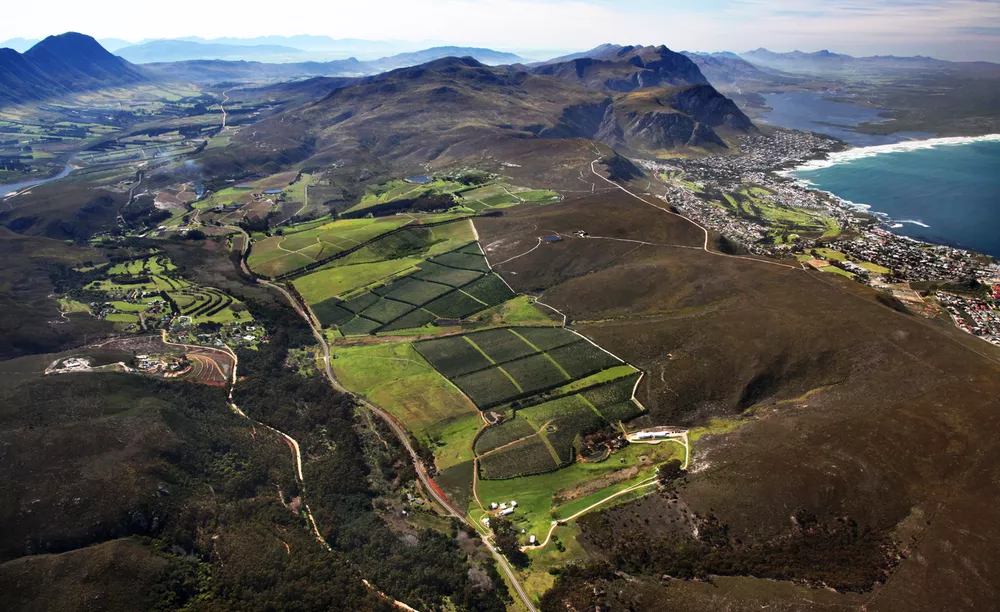
5.The striking mountains in the winelands are some of the world’s most ancient, dating back over 500 million years to when Gondwanaland broke apart to form Australasia, South America and India.
6. Talking of old, South Africans even have a project and a website dedicated to preserving their old vines. In 2018 The Old Vine Project Certified Heritage Certification Seal was introduced- the first of its kind in the world, this seal guarantees the wine you are drinking comes from vineyards that are at least 35 years old.
7. South Africa’s Wine of Origin scheme was introduced in 1973, the first outside Europe. It is administered by the Wine and Spirit Board (WSB), a statutory board appointed by the Minister of Agriculture, Forestry and Fisheries. So what you read on the label about vintage, variety and origin is the real thing.
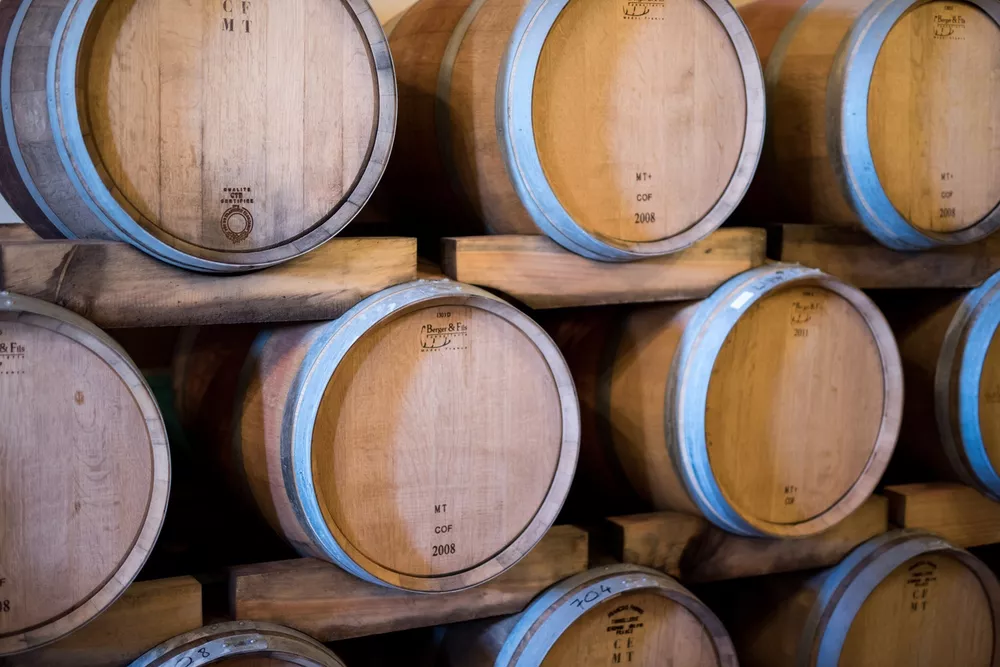
8. 95% of wine is produced in what the botanists call the Cape Floral Kingdom. It has over 10 000 indigenous plant species, more than are found in the whole of the northern hemisphere. The vegetation is called fynbos (pronounced fayne-boss).
9. For every hectare of land planted to vineyard monoculture, South African wine growers put 1,45 hectares into conservation under the Biodiversity and Wine Initiative. So they are taking good care of those 10 000 species.
10. South Africa is the first country in the world to have a seal which guarantees that the wine has been sustainably produced, as well guaranteeing the integrity of the label information and traceability back to the vineyard.
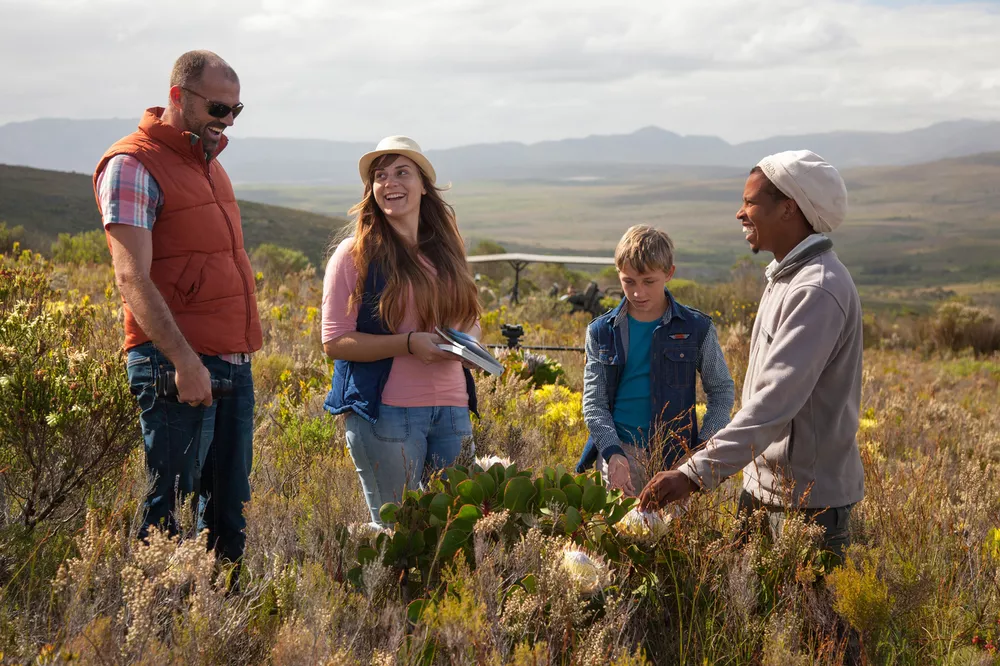
11. South Africa supplies two thirds of the Fairtrade wines in the world.
12. All major brand owners in South Africa are in the process of ensuring that all their wine growers are compliant with WIETA, an internationally accepted ethical code.
13. South Africa has the most plantings of Chenin in the world. Chenin is the most widely planted grape variety in the country.
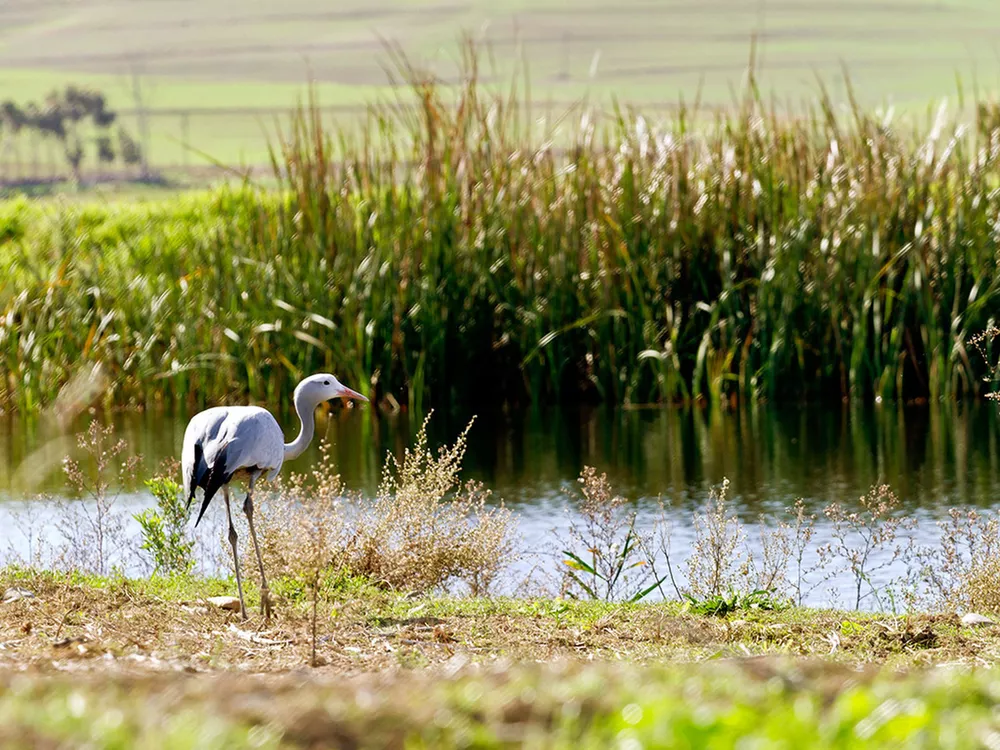
14. The South Easter blows nearly every afternoon in summer, and cools the vineyards. In Elim it blows 360 days of the year and the vines have adapted by growing tougher leaves.
15. The Braai (pronounced brrr-eye) is a ritual South African barbecue. It is mandatory for all males to be able to braai big chunks of meat. Wine makers are no exception. Read our top chefs’ braai tips on our blog.
16. South Africa’s bubbly, made in the méthode champenoise is called Cap Classique or CC.
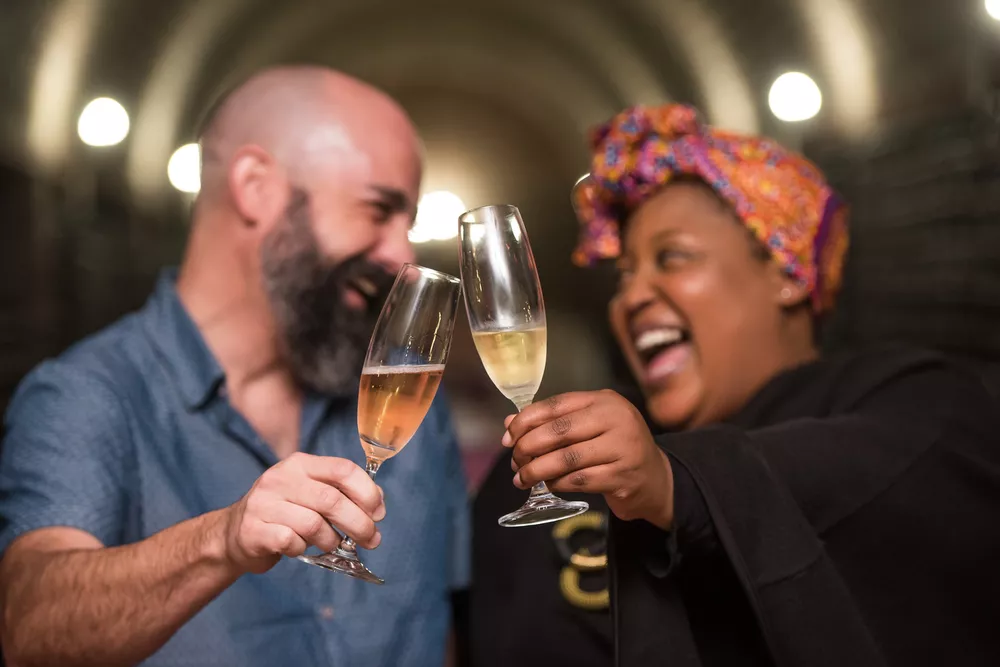
17. There is a direct correlation between a winemaker’s surfing prowess and the quality of his or her wines.
18. The Swartland Revolution is not a political movement. It was one glorious party weekend with lots of tastings as backdrop. For an update on the wines, parties and philosophy visit Swartland Independent.
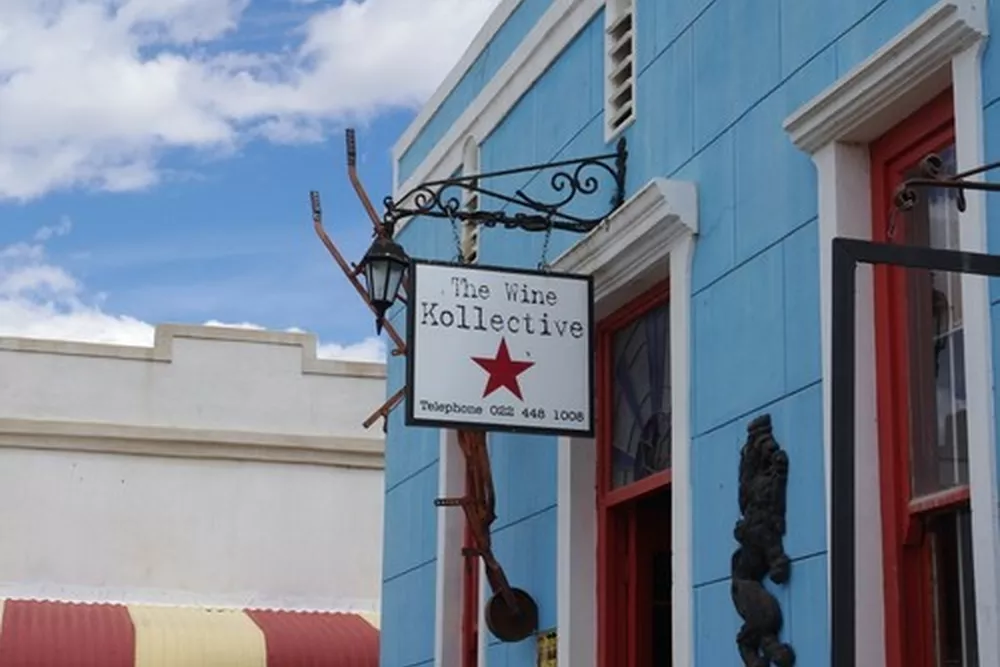
19. The big property money is invested in Constantia, Stellenbosch and Franschhoek. But there are lots of wine areas producing exciting premium quality wine on less expensive land.
20. “Lekker “(pronounced leck-ur) is a suitable expression for good wine and good food. Always say it with a smile.
